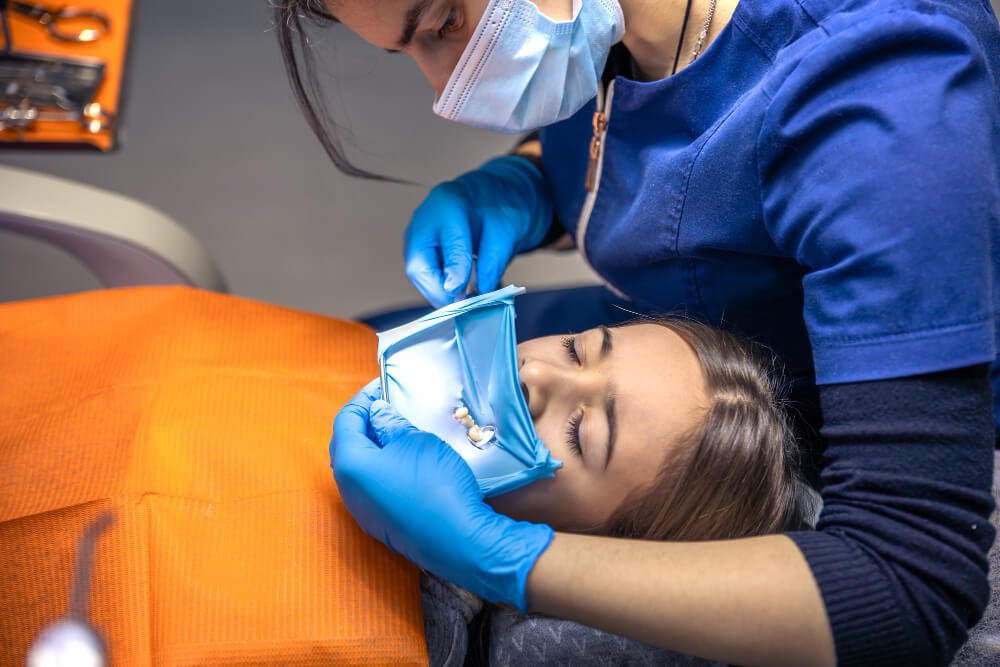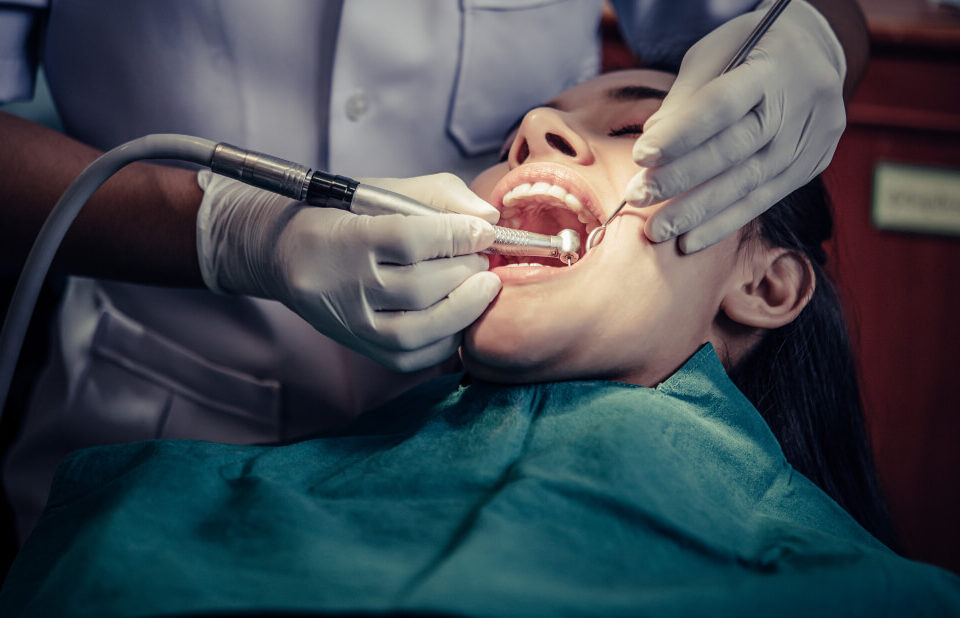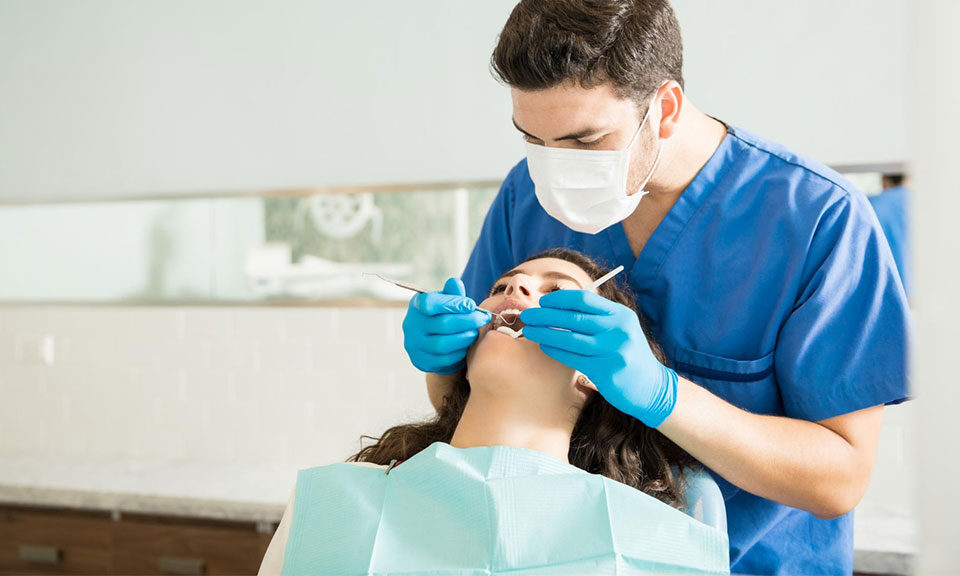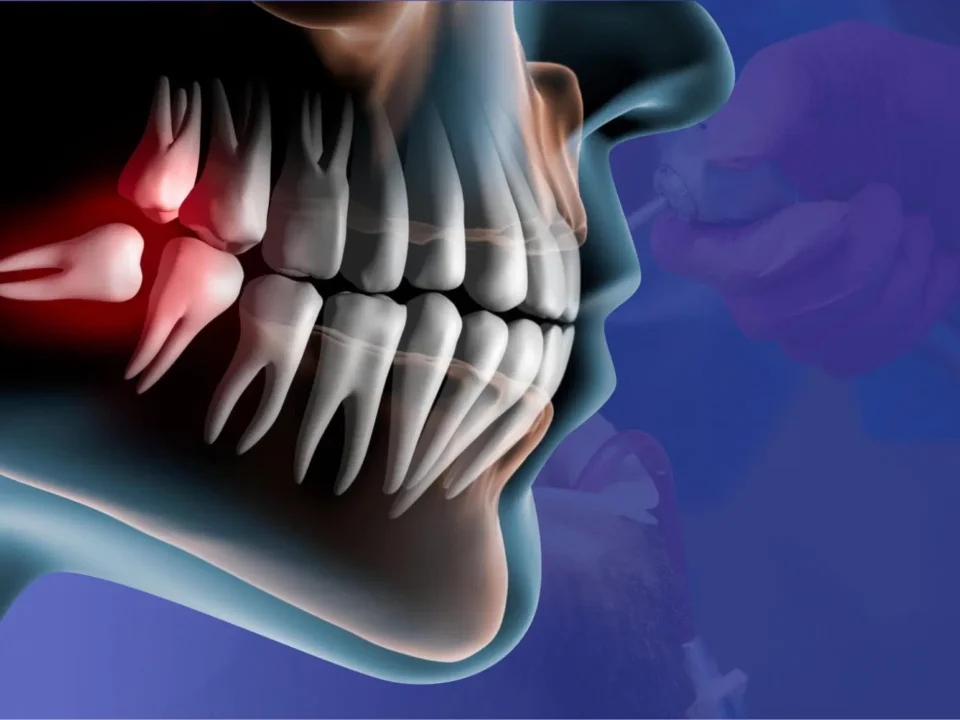
Wisdom Tooth Extraction and Your Jawline: Sorting Fact from Fiction
July 16, 2025
Is It Cheaper to Remove All Four Wisdom Teeth at Once? How Package Pricing Works
September 10, 2025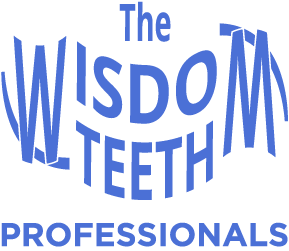
Table of Contents
ToggleThird molars usually break the gum late in high school or during TAFE orientation, and whether they stay or go often depends on jaw space. In teens the roots are still forming and the surrounding bone remains relatively springy, making removal short and predictable. By contrast, an adult jaw is denser and the tooth behaves more like a deeply anchored post. Understanding that biological clock helps families arrange wisdom teeth removal Sydney before sport, exams or full-time work force changes disrupt plans and gives dentists more room to manoeuvre safely.
Earlier Often Means Easier
Adolescence offers a surgical sweet spot. Removing third molars between 15 and 18 means the roots are short, the ligament is thin and the tooth often lifts out in one piece rather than being sectioned. Less drilling translates to smaller wounds and lighter swelling, which is why many practices schedule wisdom teeth extraction Sydney during school holidays. Radiographs at this stage also show the tooth still sitting clear of the inferior alveolar nerve, trimming the risk of tingling lips later on.
Bone Density and Surgical Difficulty
Past the mid-twenties, biology starts working against the dentist. Bone mineralises further and the periodontal ligament fibres thicken like tough fishing line, so the procedure often involves cutting the tooth into segments and shaving a wafer of jawbone. That extra manipulation adds chair time and makes gauze changes messier at home. Practices advertising affordable wisdom teeth removal Sydney warn adult patients to budget an extra day or two off work and expect a bit more bruising around the cheeks than their younger siblings once swelling peaks on the second evening.

Keeping the Nerve Safe
Another age-linked concern is nerve safety. Lower wisdom-tooth roots often curl toward the mandibular canal as they lengthen, raising the chance of temporary or, rarely, permanent numbness in the lower lip. Large case series place transient inferior alveolar nerve disturbance at roughly 1 in 85 patients, with lasting injury closer to 1 in 300 extractions. Such figures explain why clinicians group tricky cases under the banner impacted wisdom teeth risks during consent conversations with adults and emphasise careful imaging first.
Dry Socket and Other Complications
Dry socket — when the protective blood clot washes out — tops the list of post-operative complaints. Population reviews put its frequency at 1–5 % for all extractions yet up to 38 % for third molars, especially when smokers ignore instructions. Younger bone forms new granulation tissue faster, so the clot stabilises sooner. Older patients therefore face a longer window of risk and may be prescribed chlorhexidine rinses as insurance. These facts often surprise readers googling wisdom teeth recovery time, but they underline the value of strict after-care.
Anaesthesia Choices and Comfort
Choice of anaesthesia widens with age and complexity. A straightforward upper molar in a teenager usually yields under local anaesthetic in the dental chair. Four deeply impacted teeth in a 35-year-old, by contrast, are often booked under IV sedation or general anaesthesia in a day-surgery setting, overseen by a dentist for wisdom teeth and an anaesthetist. Deeper sedation keeps the patient relaxed but adds facility fees and means a responsible adult must drive them home.
Long-Term Pay-Offs of Timely Removal
Leaving a trouble-free third molar alone is sometimes reasonable, yet data show that cysts, second-molar decay and bone loss become more common after 30. When removal is recommended, acting early can spare adjacent teeth and reduce periodontal pockets behind the second molar. Orthodontists also note that late-erupting thirds can undermine earlier brace work. Many South-Australian practices schedule preventative wisdom teeth removal Adelaide for late teens precisely to dodge those downstream issues and keep later restorative bills in check, and safeguard chewing efficiency long term.

Dealing with Emergencies
When swelling, trismus or a sudden foul taste hits without warning, the age debate ends and speed becomes the priority. Acute pericoronitis or a spreading fascial-space infection may need same-day antibiotics and surgical drainage. Clinics offering emergency wisdom teeth removal Perth keep surgical slots free for these flare-ups, and referral patterns show adults over thirty make up the bulk of last-minute bookings. Acting fast reduces the chance of hospital admission for intravenous antibiotics or airway compromise.
Closing Thoughts
Age does not dictate everything, but it shapes the operation, the wallet and the week that follows. Teenagers bounce back in days; adults often need a fortnight before the last bruise fades. Knowing those differences lets families pick a window that suits study timetables, work rosters and health funds. If wisdom teeth are starting to whisper, an early radiograph and a calm chat with your dentist remain the smartest first steps.
